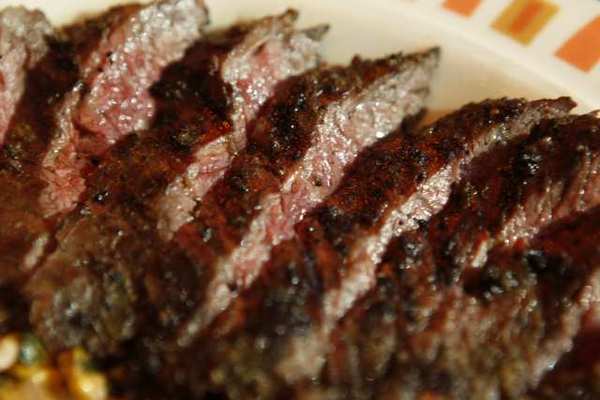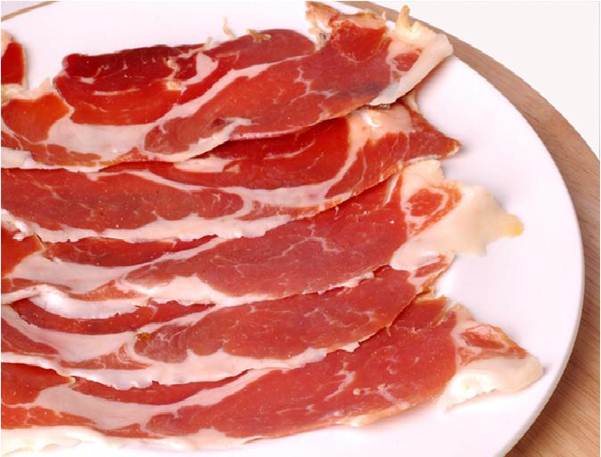Red light on red meat
Eating red meat is associated with a higher
risk of early death, a study found, particularly from cancer and heart disease.
Researchers tracked the health and diet of more than 121,000 people from 1980
through 2006. For each extra 3-ounce serving of red meat per day, the
participants’ risk of premature death increased 12 percent compared with those
whose dieats contained less than half a serving of red meat per day. A daily
serving of processed meats such as salami and bacon increased mortality
risk by 20 percent. The researchers estimated that by substituting poultry,
fish, nuts, legumes, low-fat dairy, or whole grains for a serving of red meat
each day, study participants would have lowered their risk of premature death
by 7 to 19 percent.

Eating
red meat is associated with a higher risk of early death
Say fiber
Want a healthier smile? Have some fiber.
Reseachers report that older men who eat more high-fiber foods, particularly
fruits, showed fewer signs of gum disease than those who eat less. Each serving
of high-fiber foods – those with at least 2.5 grams of fiber per serving – was
associated with a 25 percent lower risk of jawbone erosion and tooth loss. The
fiber intake may increase chewing and promote saliva production, which can
thwart harmful bacteria in the mouth, the researchers say. To boost fiber
intake, try adding more bananas, apples, pears, oranges, broccoli, lentils,
beans, and oatmeal to your diet.

Want
a healthier smile? Have some fiber.
News Brief – Label Makeover
The U.S. Department of Agriculture announced
that raw meat labels will now carry additional nutritional information,
including calories, total fat, and saturated fat. The new labels will be found
on packages of ground meat, such as hamburger and ground turkey. Plus, 40 of
the most popular cuts of raw whole meat, such as tenderloin steak and chicken
breast, will also carry yhe extra nutritional information, either on the
packaging or on a display in the store.

The
U.S. Department of Agriculture announced that raw meat labels will now carry
additional nutritional information, including calories, total fat, and
saturated fat.